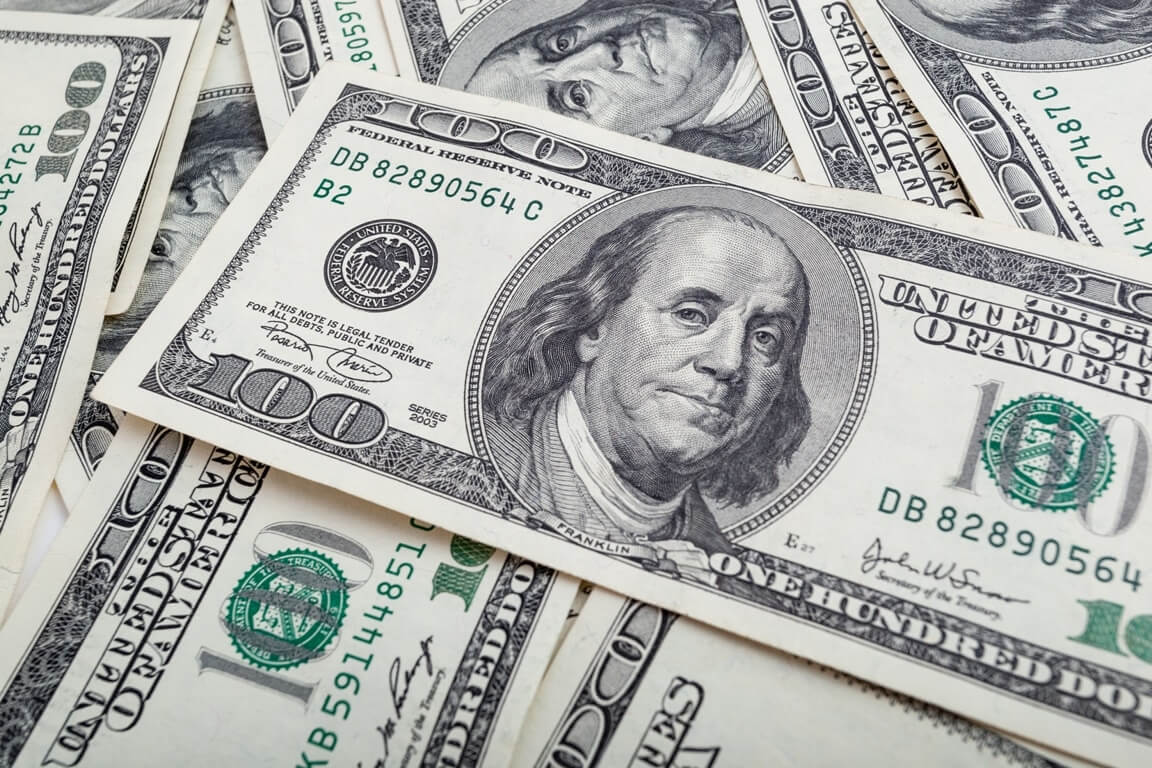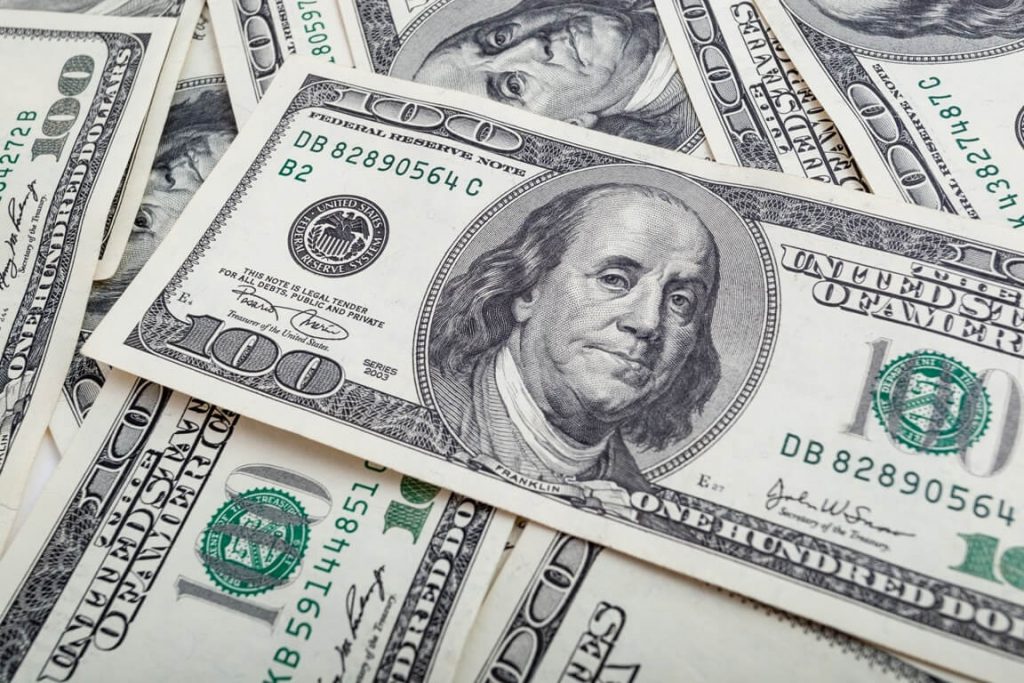
Dollar dips as risk sentiment rises
With risk sentiment in US equities markets surging overnight, the US dollar’s bull market correction continued unabated, with losses vs. the DM and EM space overnight. The dollar index fell 0.68 percent overnight to 106.68, then another 0.15 percent in Asia to 106.53.
However, it traded in a 115-point range between 106.90 and 108.05. Overnight, the index formed a double bottom at 106.40, indicating initial support. Failure permits for a 105.85 and then a 105.00 test. Resistance is at 107.60, the overnight high, followed by 108.70. A neutral relative strength index permits the US dollar to continue to fall for some time.
Yesterday, the EUR/USD broke beyond 1.0200 and finished 0.80 percent higher at 1.0225. Asia has increased to 1.0245. According to the technical picture, only a prolonged break above 1.0360 would indicate a longer-term bottom is in place. Support for the EUR/USD is found at 1.0120 and 1.0000. The euro faces significant event risk in the second part of the week, owing to the ECB policy decision and Russian natural gas flows, which are set to resume following pipeline maintenance.
The USD/JPY exchange rate is unchanged in Asia at 138.00. The initial resistance is 139.40, followed by 140.00. The support levels are 137.40 and 136.00. The former was tested again overnight, and failure now indicates a far further downward reversal.
The AUD/USD and NZD/USD rose sharply overnight, breaking higher out of their falling wedge patterns, signaling that further gains are expected in the immediate term. Australian dollar/USD is trading at 0.6920 today, having broken over 0.6850, and the technical picture implies a move through 0.7000 is imminent. Similarly, the increase of NZD/USD through 0.6150 signals that further advances above 0.6300 are possible.
Eurozone current account deficit widens again
According to European Central Bank data released on Wednesday, the eurozone’s current account deficit increased further in May as the bloc’s import bill rose due to rising energy costs.
For the past decade, the 19-country currency bloc has had a big current account surplus thanks to massive exports of goods and services. Still, its fortunes have turned around since Russia’s war in Ukraine increased its import cost for raw resources ranging from natural gas to metals.
The adjusted current account deficit increased from 3.91 billion euros in April to 4.49 billion euros in May. The EU’s surplus was 27 billion euros a year ago. The current account surplus shrank to 1.1 percent of GDP in the year to May from 3.0 percent the previous year.


